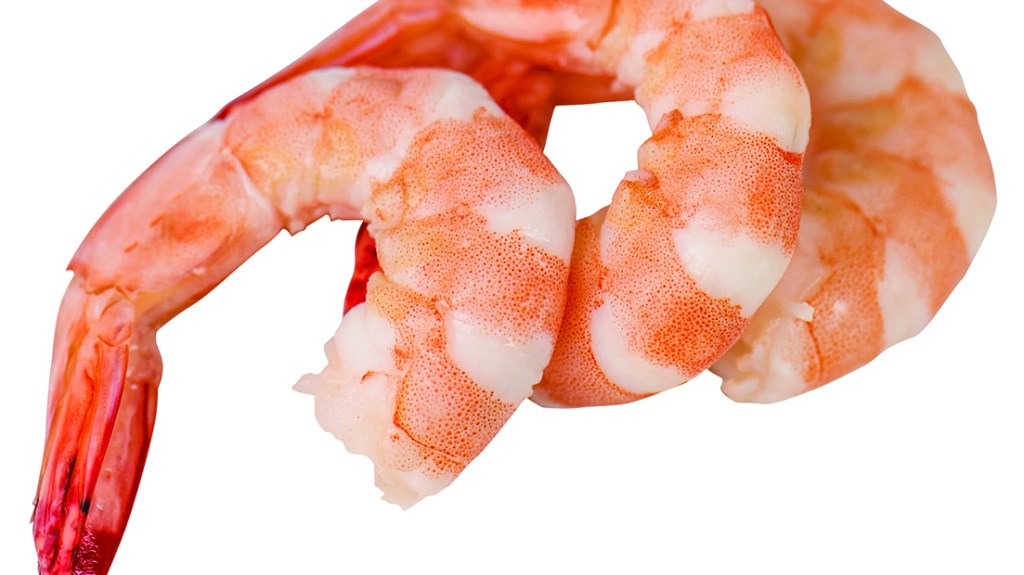Once business resumed, a series of storms and hurricanes wiped out areas where those who rely on the state’s plentiful harvests of crawfish, shrimp, crabs, oysters and alligators make a living.
The double-whammy took a devastating toll on Louisiana, the nation’s second-largest seafood supplier, and when it fully recovers remains to be seen.
“There’s still boats stranded in certain areas,” said Samantha Carroll, executive director for Louisiana Seafood.
While the 2022 season offered a reprieve with no hurricanes, “people were still trying to pick up the pieces,” struggling to find fuel, bait, and other essentials, she said.
The impact is undoubtedly reverberating throughout the state, where one in every 70 jobs is tied to the industry. Louisiana Seafood estimates the industry’s economic impact at $2.4 billion.
A report from the LSU Agricultural Center and the Louisiana Department of Wildlife and Fisheries found that hurricanes in 2020 and 2021 cost the industry about $570 million in total revenue and resource losses.
“Not only did the four hurricanes cause an estimated $304 million in damages to fishing infrastructure, but the hurricanes also severely lessened the industry’s income from different seafood products,” the Public Affairs Research Council of Louisiana wrote in a recent industry snapshot. “The estimated revenue losses for Louisiana fishing related businesses in 22 coastal parishes totaled $155 million and the remaining $118 million came from natural resource losses such as oysters and finfish.”
Jack Isaacs, economist with the Louisiana Department of Wildlife and Fisheries, said efforts are underway to gauge the recovery for Louisiana’s various seafood species, with finalized data available likely in the coming months.
“There was a drop in several parameters during the period, but it’s hard to isolate out effect of COVID from other factors affecting the seafood industry, both positively and negatively,” he said. “The industry is going through a lot of difficulties right now, it’s always facing some type of challenge.
For shrimpers, the government-imposed shutdown during the pandemic “really hurt us, but the biggest problem is shrimp coming into the country,” Acy Cooper, president of the Louisiana Shrimp Association, told The Center Square.
America consumes about 1.5 billion pounds of shrimp per year, while imported shrimp have hit 2.2 billion pounds annually, he said.
The situation started well before COVID, but the pandemic and hurricanes “made it 10 times worse,” driving the annual haul down from about 100 million pounds per year to about 74 million pounds last year, Cooper said.
“It just compounded the problem,” he said. “Once they take over market share, it’s hard to come back.”
The flood of foreign shrimp, which Cooper contends often come with antibiotics and other undesirables, has also conspired with higher gas prices and inflation to further squeeze shrimp fishermen, who are now getting a fraction of the prices they did a decade ago.
“We’re going to get back to it, the only problem is the prices are so low, and the fuel is so high,” he said, adding that the number of Louisiana shrimpers has dropped from 20,000 in 2002 to about 6,000 now. “We’re resilient, but we’re not going to be alright with the way we’re going.”





